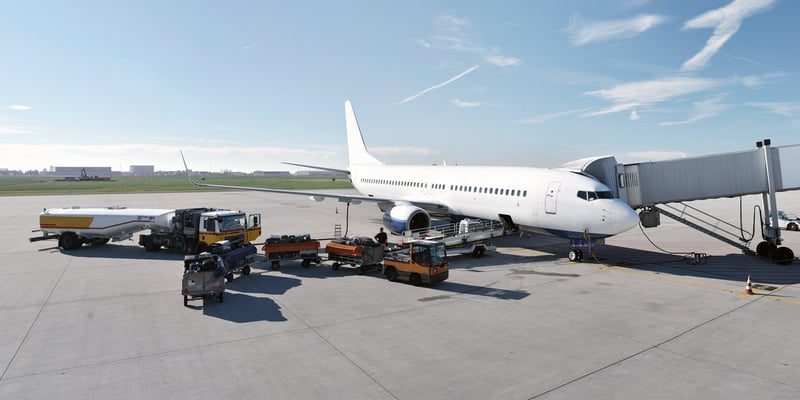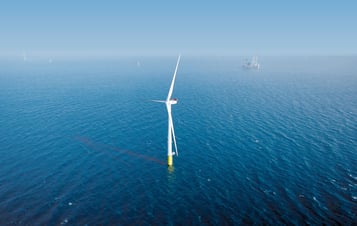Exploring the long-term potential of electrofuels for aviation
Vattenfall is exploring the potential of synthetic electrofuels (eSAF) as part of broader efforts to support the decarbonisation of hard-to-electrify sectors such as aviation and refining. In the future, eSAF could contribute to reductions in aviation emissions.

Feasibility studies and partnerships
In recent years, Vattenfall has partnered with several industry stakeholders to assess the role of eSAF in future energy systems:
- The HySkies initiative, developed with Shell, investigated the conditions for large-scale eSAF production in the Forsmark region. In 2024, the project was paused, as both companies concluded that the market is likely to develop later than initially anticipated. The associated Heat CCU project in Uppsala was also put on hold.
- The joint feasibility study with St1 explored opportunities for fossil-free fuels, particularly along Sweden's west coast, a region with strong potential for industrial decarbonisation.
Insights and future outlook
Feasibility work has provided valuable insights into the conditions required for eSAF to be scaled up. Key factors include:
- Cost reductions in hydrogen and electrofuel production.
- Stable regulatory frameworks.
- Long-term demand signals from the aviation sector.
Although the commercial deployment of eSAF is not expected until the 2030s, Vattenfall is continuing to build knowledge and partnerships in order to support a future in which fossil-free electricity and hydrogen enable deeper decarbonisation across industries.
Hydrogen-powered aviation feasibility study
Hydrogen-based solutions could also be part of a future decarbonised aviation sector. In January 2024, Vattenfall, Airbus, SAS, Swedavia and Avinor signed a cross-border memorandum of understanding to assess the feasibility of hydrogen aviation infrastructure across Sweden and Norway, covering over 50 airports. The study provided comprehensive insight into:
- Hydrogen fuel supply, storage needs and land use.
- Airport infrastructure, logistics, and operational readiness.
- Regulatory frameworks needed to support hydrogen-powered aircraft.
The collaboration identified potential early-adopter airports and technical pathways. It affirmed the strategic opportunities of hydrogen in future airport operations alongside synthetic fuel solutions. It also identified the need for long-term planning at airports. For example, land should be reserved for hydrogen infrastructure before the concept of hydrogen-powered aviation has been proven.
Related content

We are developing solutions to decarbonise industry through fossil-free hydrogen.

Together with partners LKAB and SSAB we are working towards fossil-free steelmaking.

The initiative aims to integrate offshore wind, floating solar and hydrogen production.
